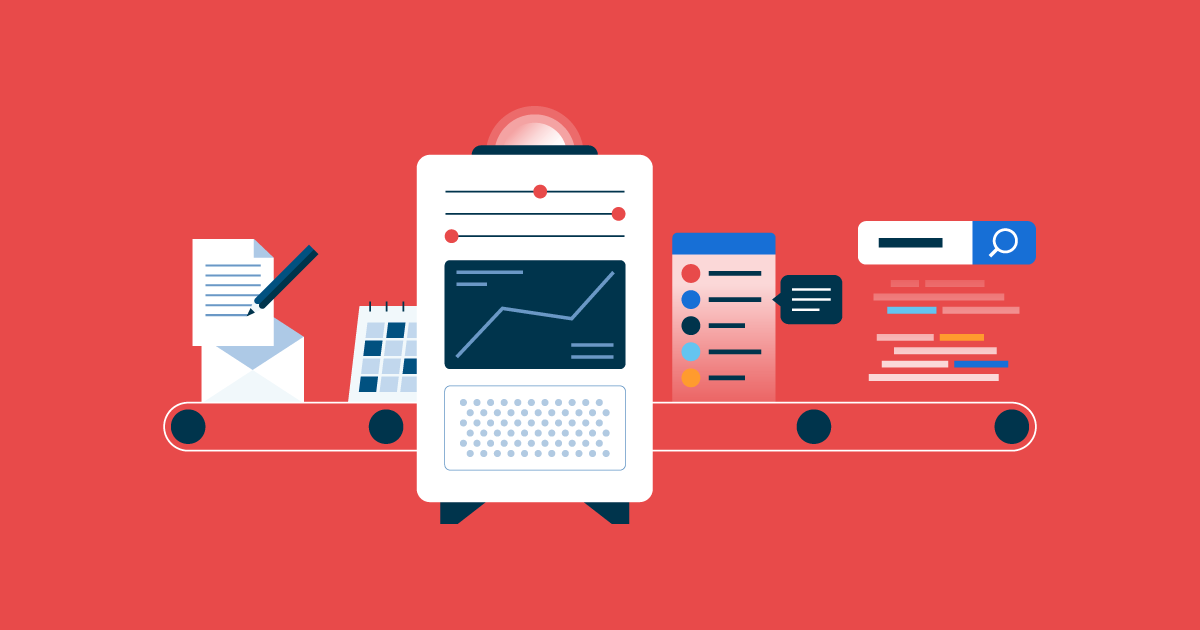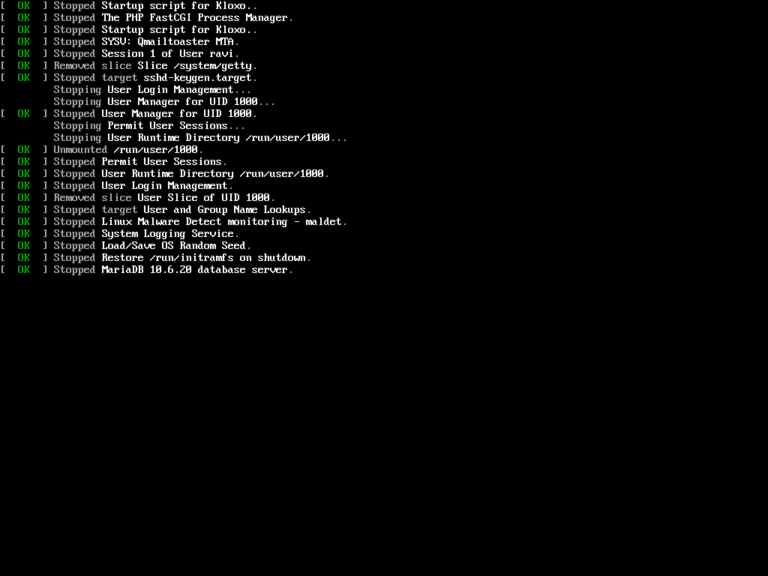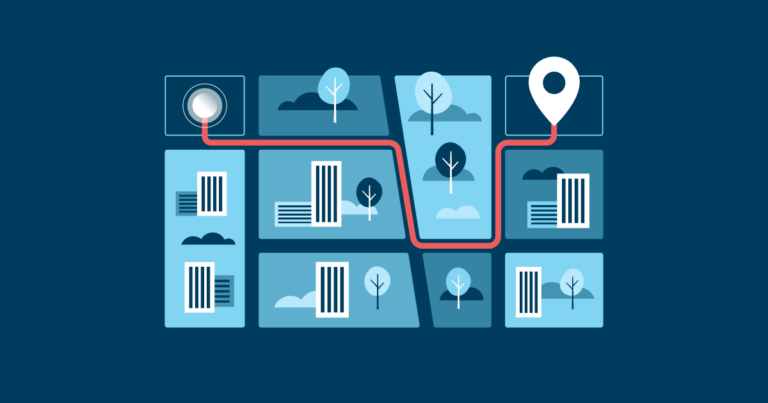When considering digitisation vs digitalisation, the specific meanings are vital. Even the most tech-savvy individual might confuse these terms. However, understanding the distinction can be the difference between owning a thriving enterprise and trying to manage a stagnating business.

Key business investment decisions, such as whether to move to remote support software, are dependent on knowing not just how to automate existing processes, but also how to reinvent the procedures themselves using the technology available.
One of the many impacts of COVID-19 is that it has forced Australian businesses to speed up their digital transformation timelines. Implementing tools to enable group collaboration and communication for teams working outside of the office is one example of this change. Virtual video consultations, for everything from sales meetings to human resources appointments, is another.
Research from Capterra shows that the initial shock and speed of demand forced Australian businesses to rapidly rethink their customer service offerings to ensure that they were still relevant and accessible. Only 8% of companies surveyed had no plans for a digital rethink of the way their business operated. To appreciate just how important the differences between digitisation and digitalisation can be, read on.
What does digitise mean?
The term ‘digitise’ means to use technology to change processes and services that were previously analogue. Here’s an example:
A business allows employees certain expenses. Up until now, employees use their own money to make purchases, then fill in a paper claim form, clip the expense receipts to the back of the form and submit the documentation to the accounts department. At some point in the month, an accounts clerk checks the employee’s manual calculations and updates the general ledger to show the repayment of the expenses. The following month, budget managers find out their expense numbers.
This process is an analogue one. It uses paper and physical forms to create a paper trail that staff manually process before finally being entered into an accounting system. There are long delays before the information is available in a form that budget managers can integrate into their accounts.
A business could digitise the process by replacing some of the manual aspects with automated alternatives. For example, instead of a pen and paper, an employee could scan in the receipts, creating electronic copies, and then fill in a computer-based form. The clerk will then receive the relevant documents via email to check and enter them in the same way as before.
What does digitalisation mean?
Instead of the existing process defining what technology the business should use and how, with digitalisation, the available technology provides a guideline for business processes to be completely rethought.
To get a better feel of digitalisation, let’s look at the expenses example again:
The business decides that its expense processes are time-consuming, labour intensive and prone to error. It takes a look at the available technology and decides to issue corporate expense cards. These tie directly to the corporate accounting systems, updating each card holder’s “account” in real-time and enabling managers to track spending more accurately.
A system, such as expensive report software, can take a digital photograph of paper receipts, and utilise optical character recognition to pull the data off the receipt and feed it straight to the accounting program. As a result, the new system:
- Eliminates labour-intensive manual processes
- Reduces associated timescales
- Decreases the risk of physical loss or damage to any part of the ‘paper’ trail
- Provides greater visibility and tighter controls of the business’s overall expenses.
Digitisation vs digitalisation: What are the main differences?
The main differences between digitisation and digitalisation are:
- Digitisation tends to lean more towards being a piecemeal approach—following and automating existing processes rather than rethinking them.
- Digitalisation seeks to use technology to radically improve the way business runs. It doesn’t just follow existing processes; it rethinks the business model entirely.
In practical terms, with digitisation, technology replaces processes, or parts of them, using digital formats. With digitalisation, however, a company reconsiders its underlying business model to take advantage of the available technology.
What is digital transformation?
Digital transformation is when a business applies a new technology that more widely and significantly impacts their business. Examples include companies moving to cloud storage from in-house servers for IT modernisation, or the invention and implementation of new digital business models that change the way the business runs across all departments and hierarchies.
It helps to think of these terms in order of impact:
- Digitisation: Automating—without change—a singular process.
- Digitalisation: Rethinking—changing its efficiency—based on available technology.
- Digital transformation: Using digitalisation to make a significant change that impacts and influences the business model as a whole.
Through digitalisation, businesses assess the way technology can increase value and decrease costs in certain aspects of the company. When this assessment suggests there is a requirement for a more significant change, however, digitalisation can apply more widely. In turn, this leads to a total transformation of the existing business model.
What is the difference between automation and digitalisation?
Automation is a limited function that digitises parts of a process. Automation alone—even if the process itself is functional—can’t deliver new revenue streams. This is because it simply speeds up part of the existing business without allowing for growth.
Digitalisation, however, means considering the potential of available technologies in order to improve the process at its root. Most processes in a business model interconnect. Therefore, rethinking the framework that a process functions within can have a ripple effect. The change might not only improve speed but also allows for increased revenue acquisition.
Why it’s important to understand the differences in these terms
Understanding the profoundly different approaches of digitisation vs digitalisation is key to enabling a business to continue improving its service, no matter how adverse the circumstances. Piecemeal digitisation of analogue processes can reduce costs, but it can’t turn a business around in times of crisis.
This article may refer to products, programs or services that are not available in your country, or that may be restricted under the laws or regulations of your country. We suggest that you consult the software provider directly for information regarding product availability and compliance with local laws.





